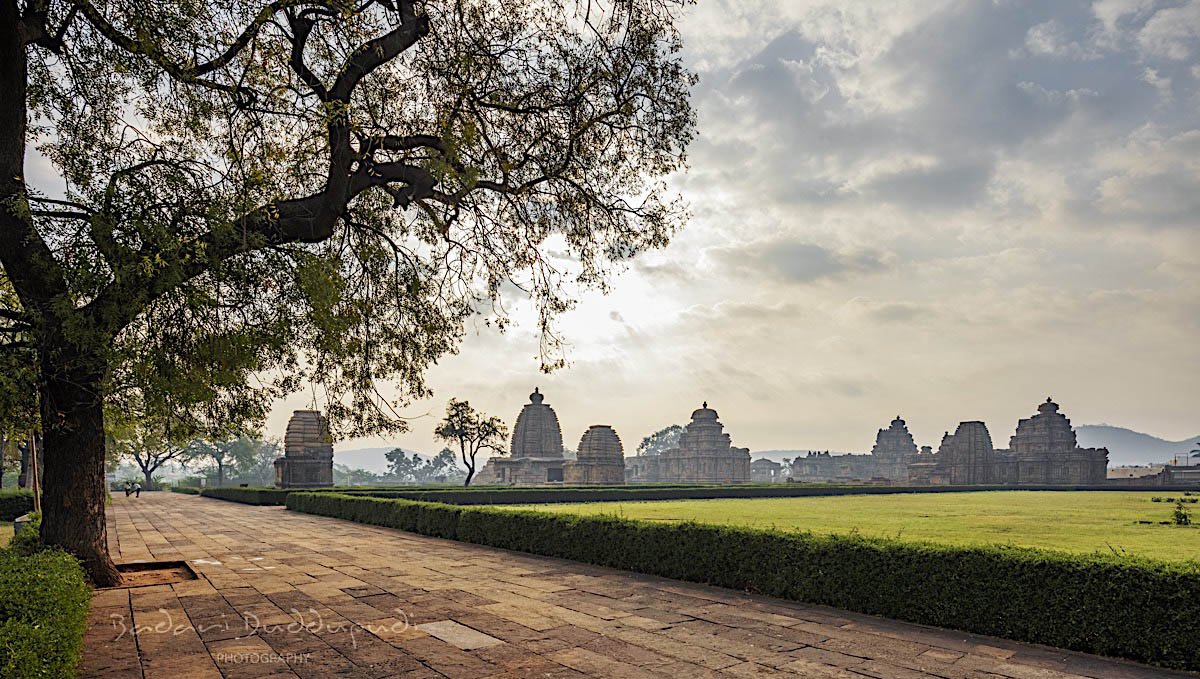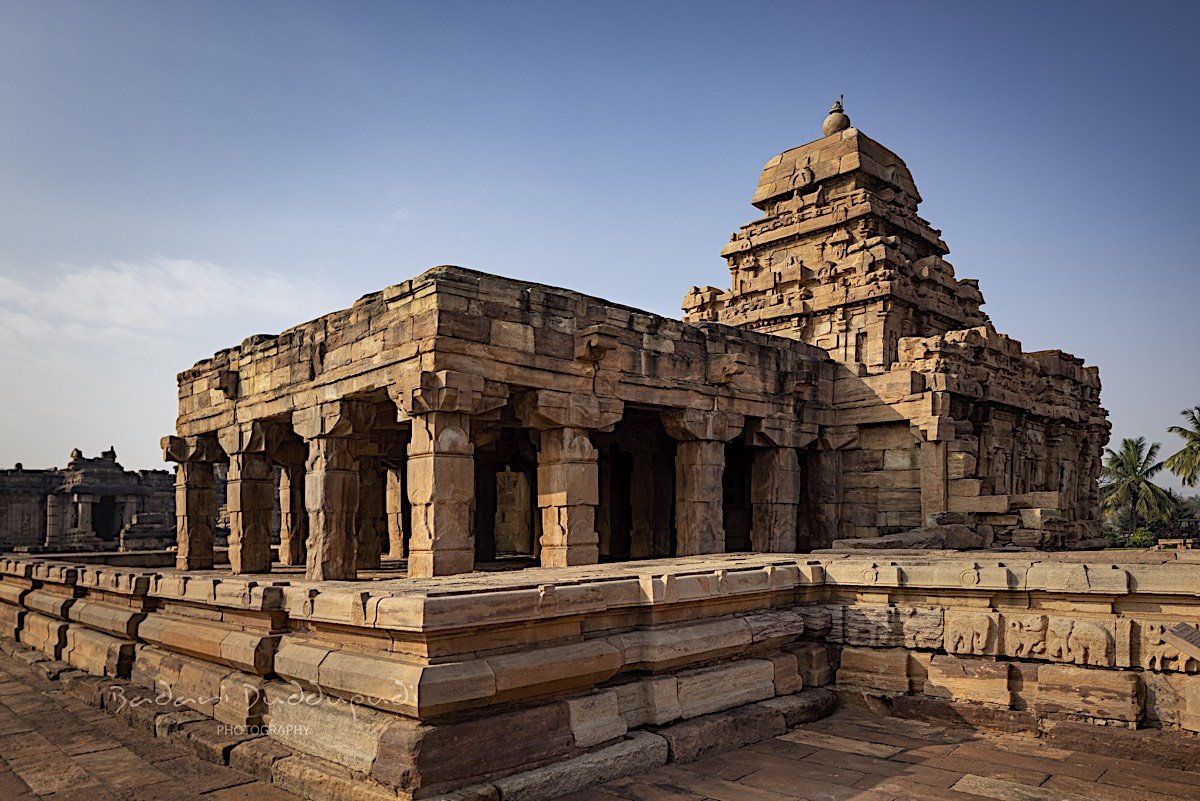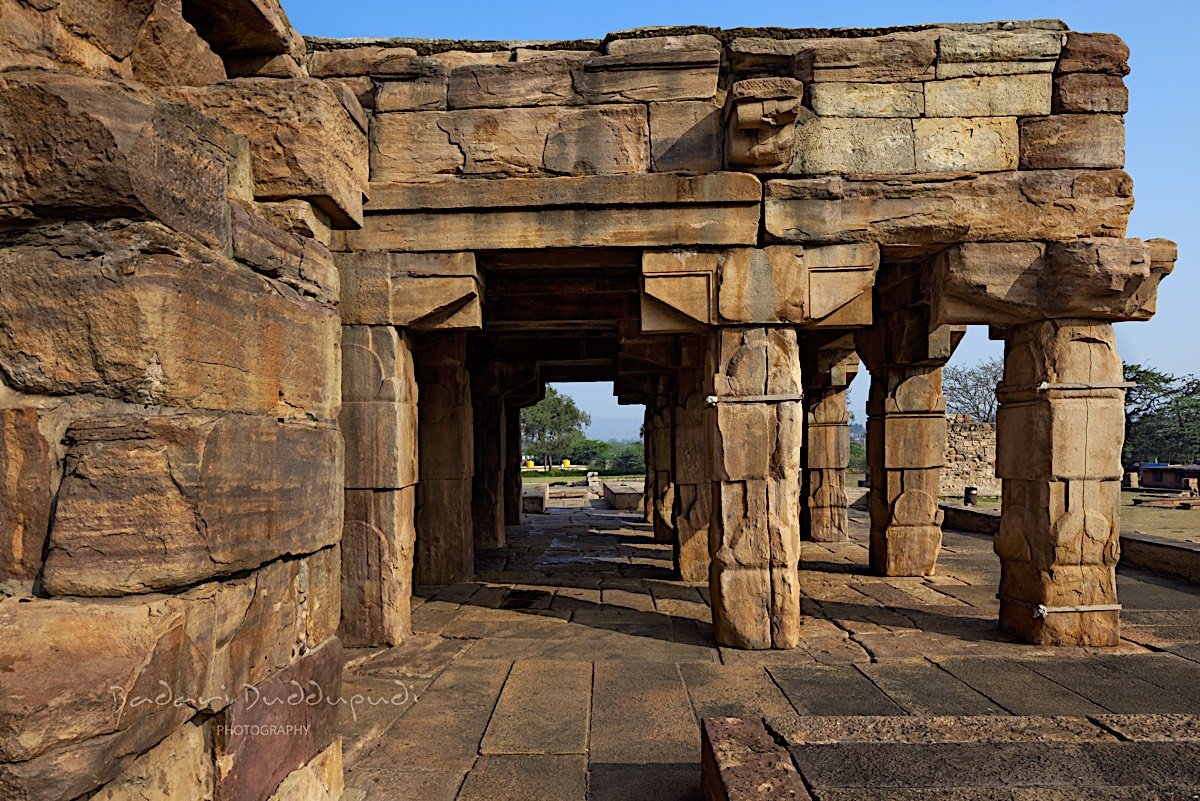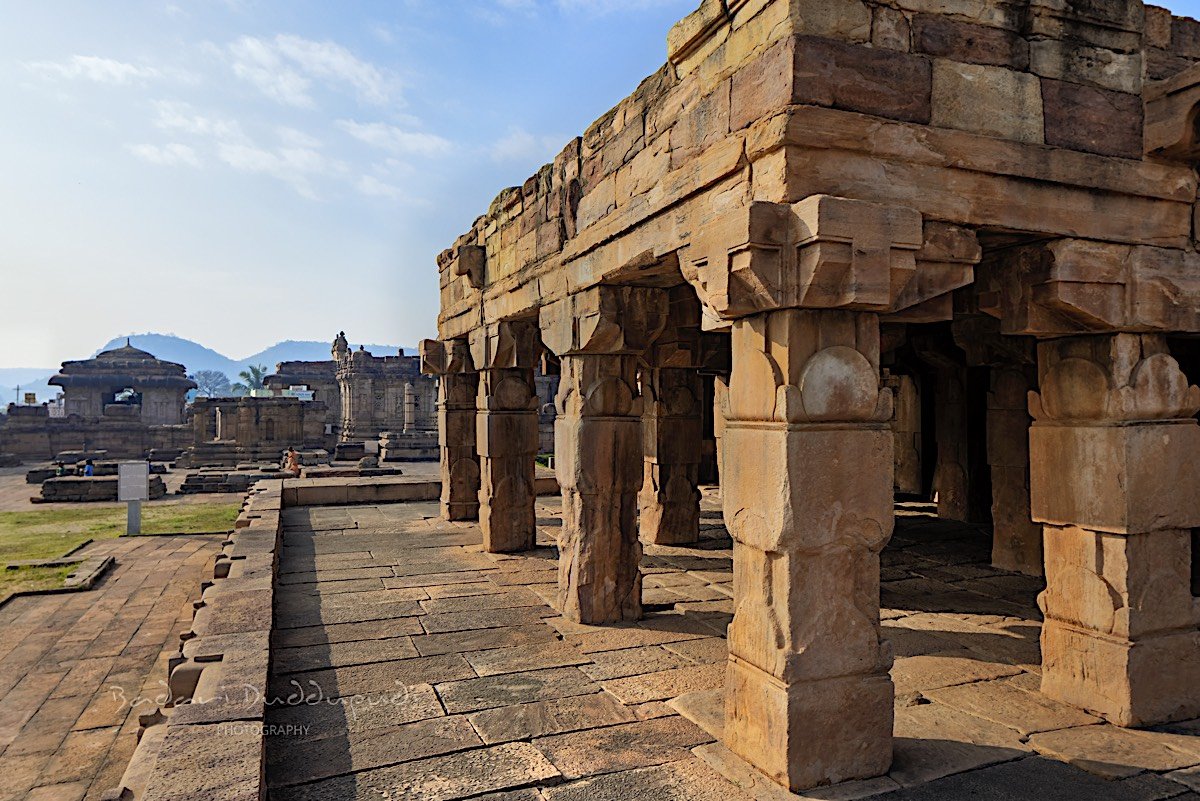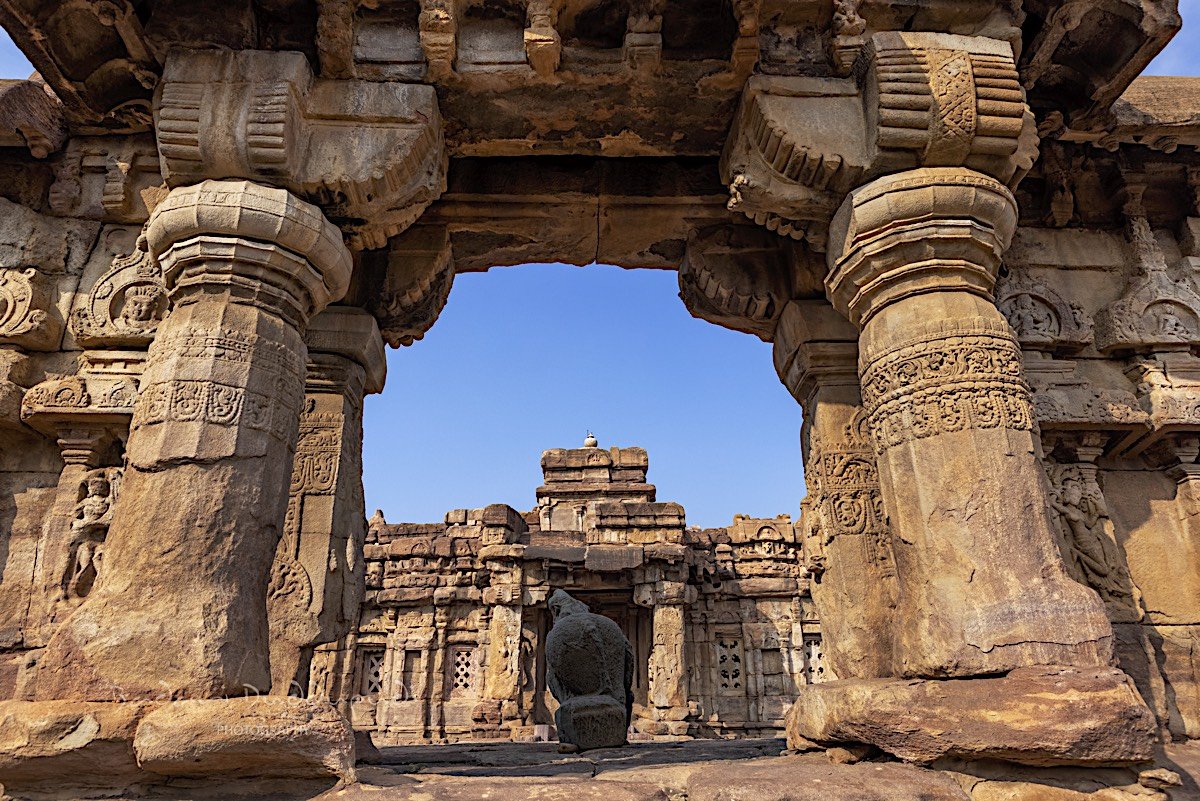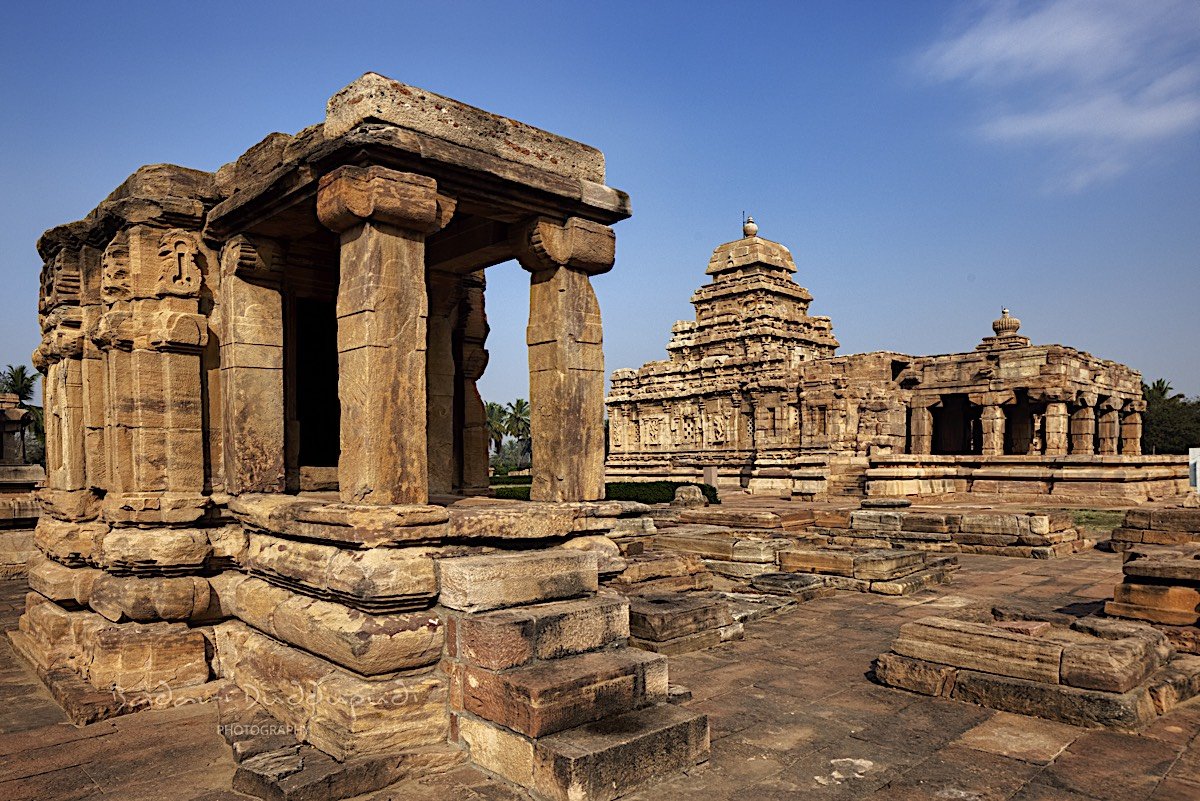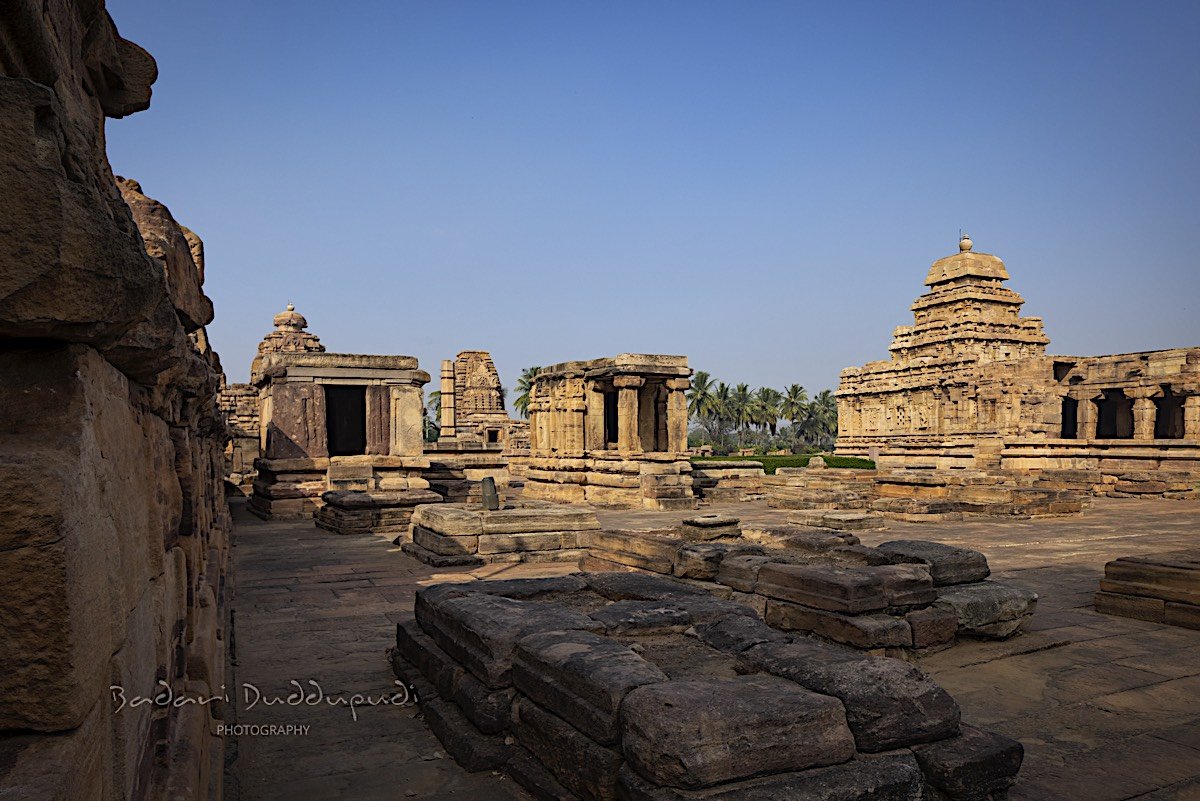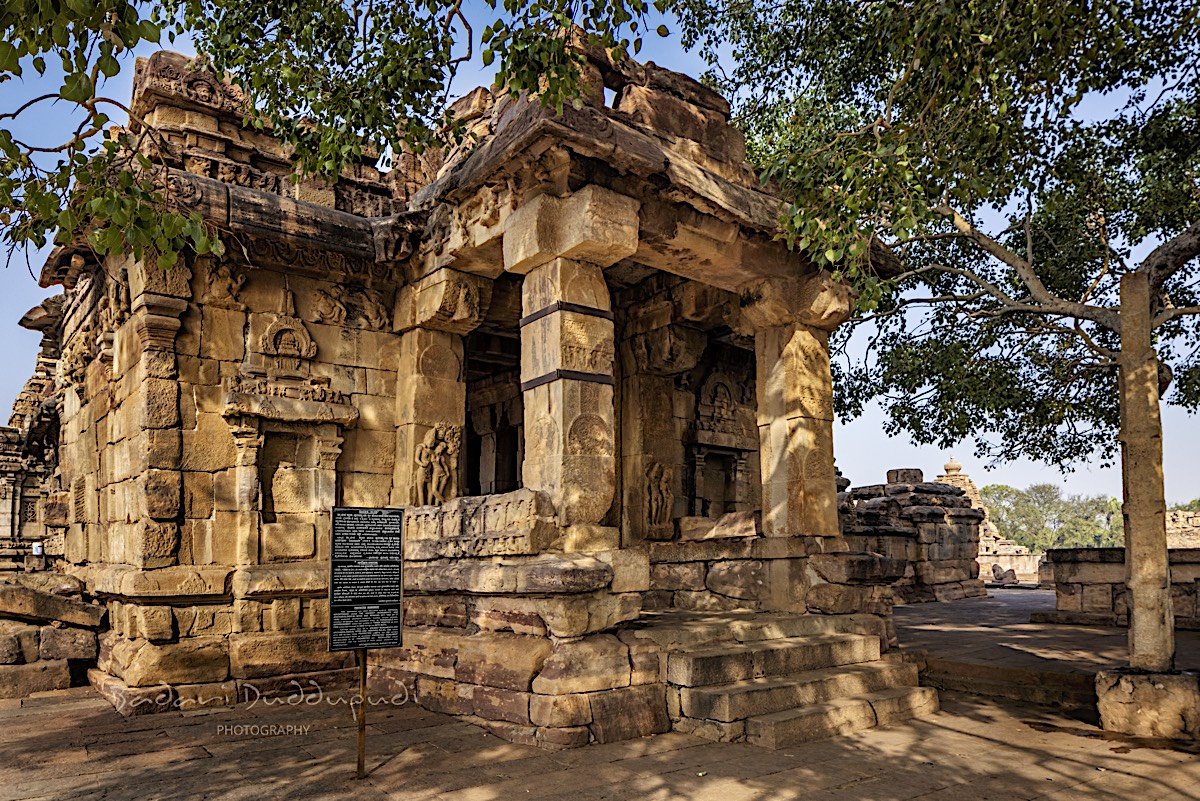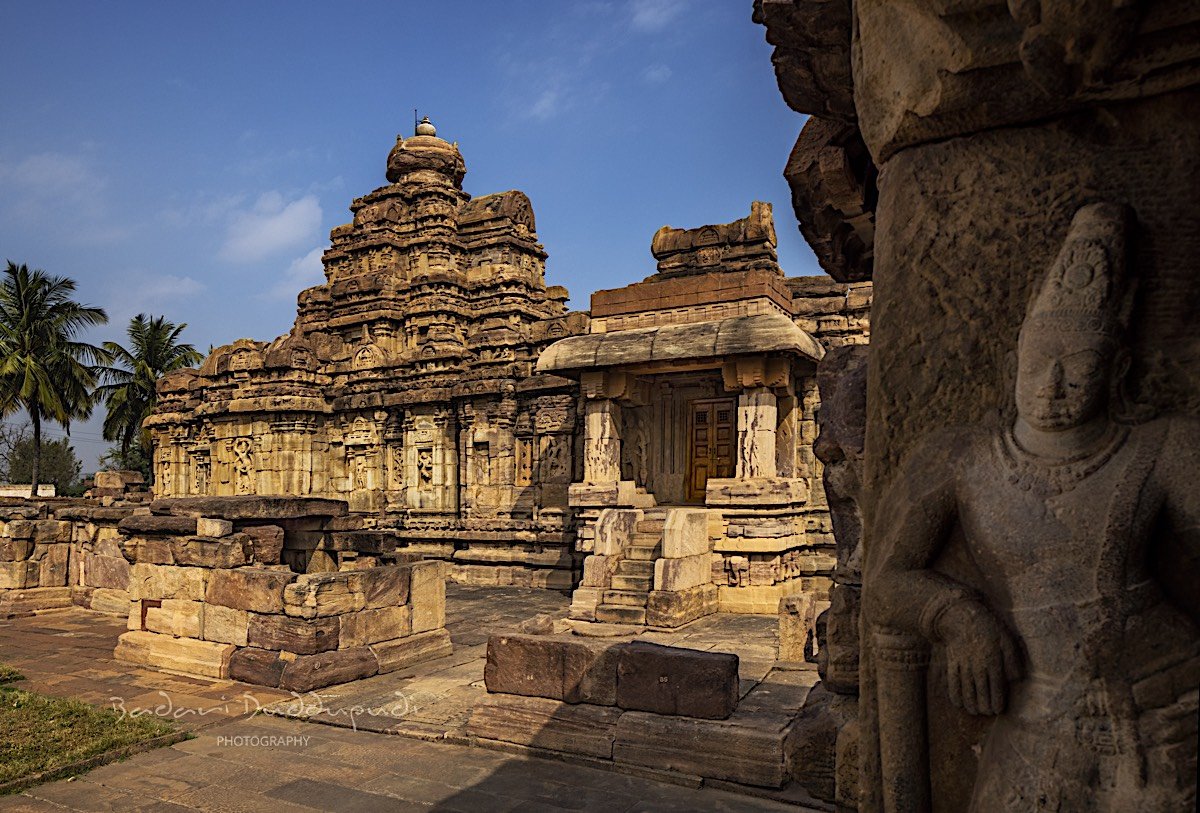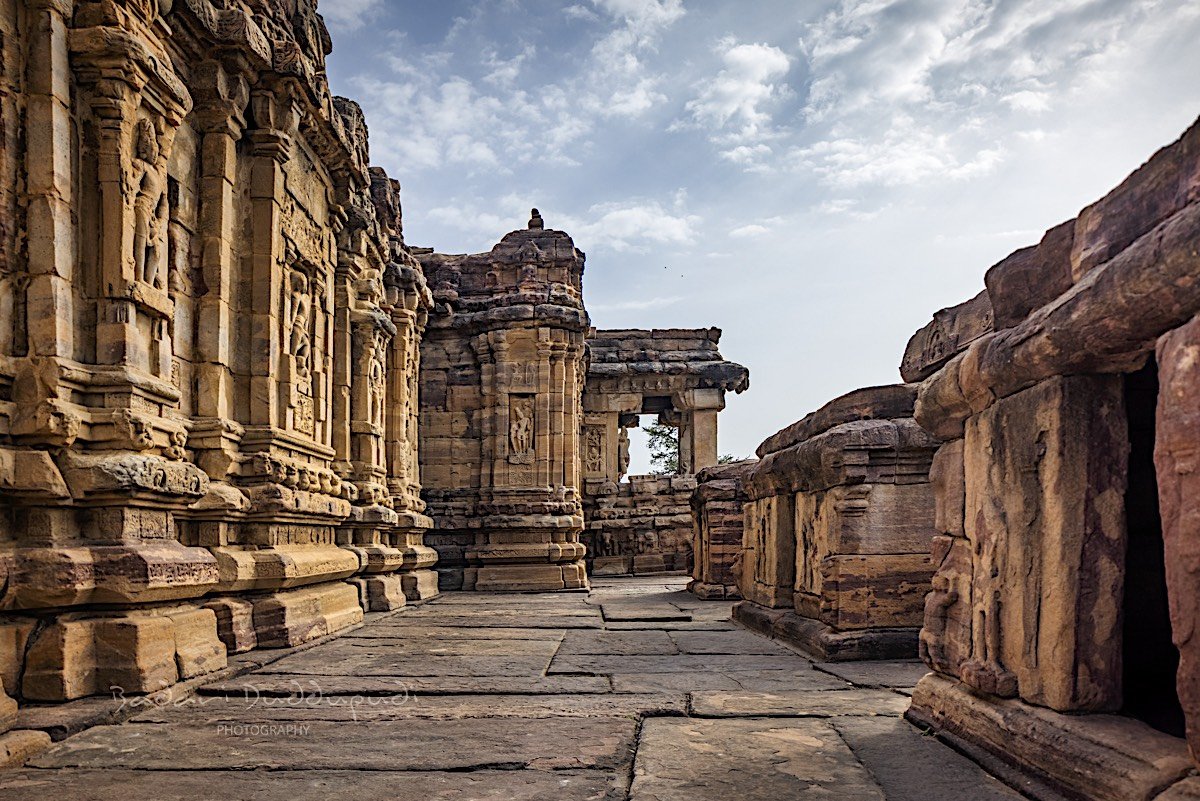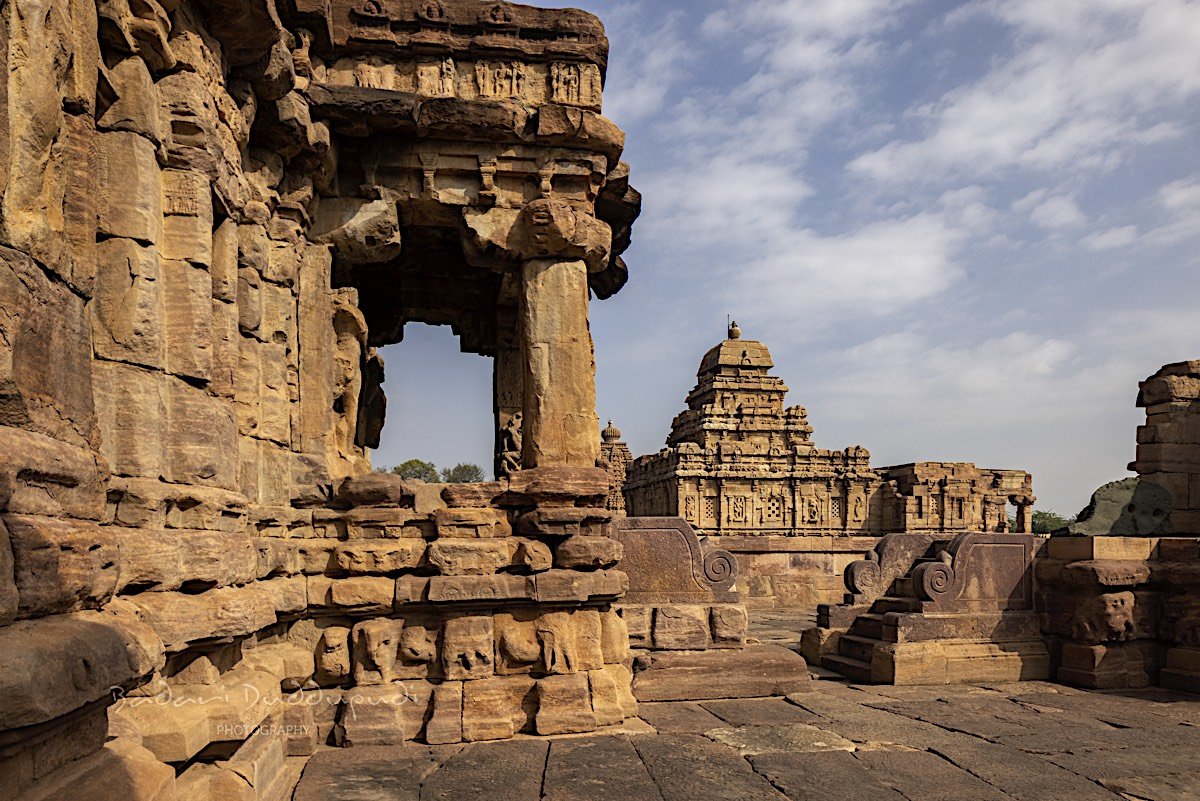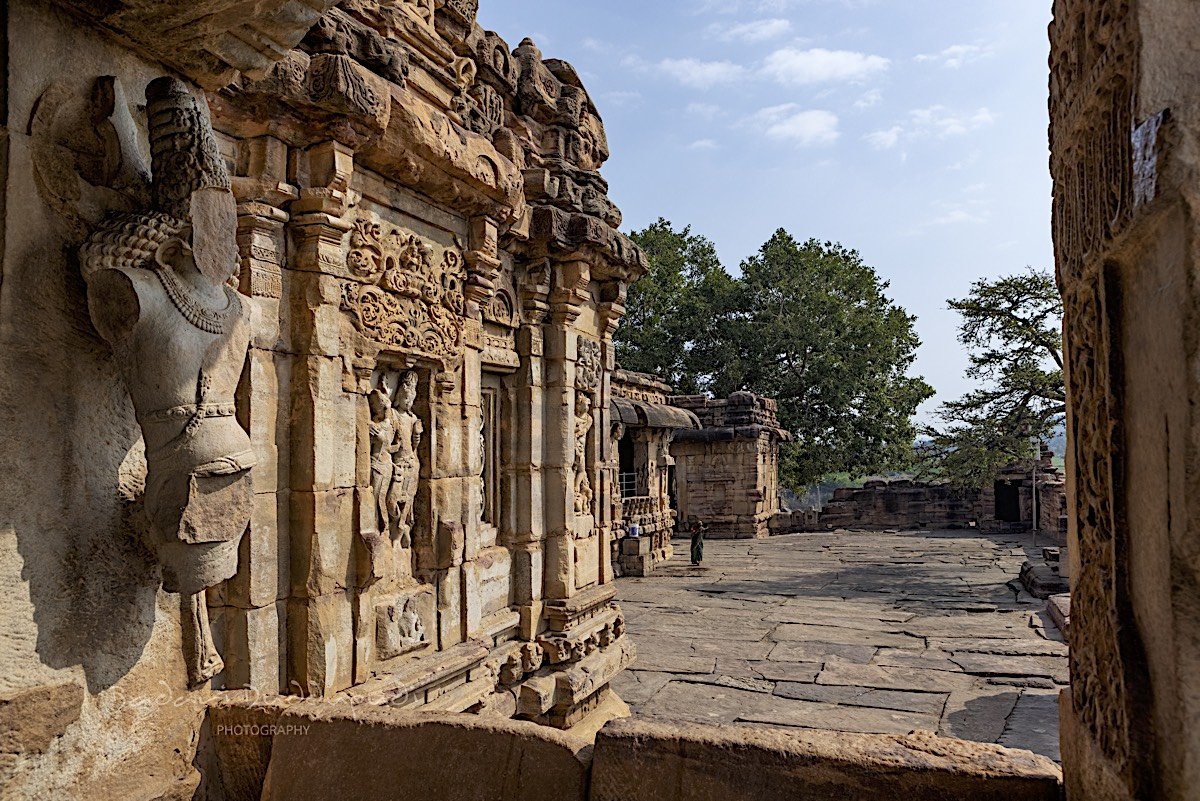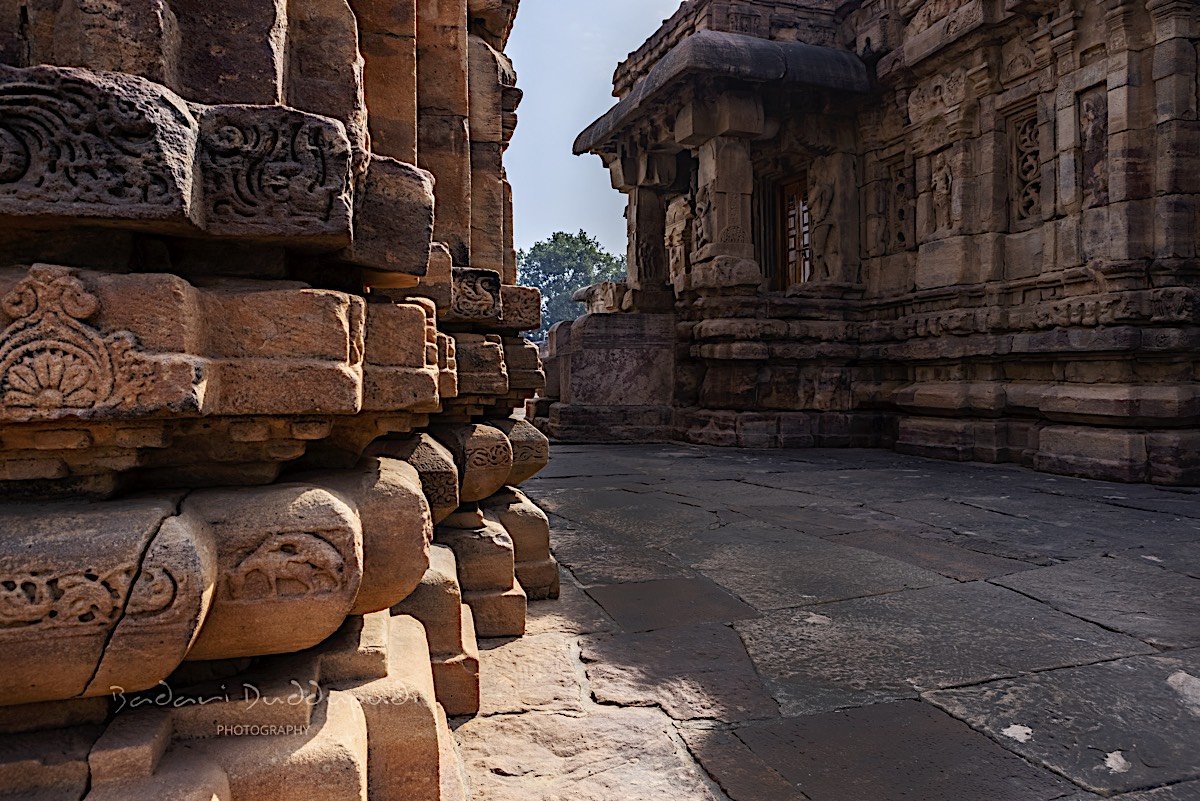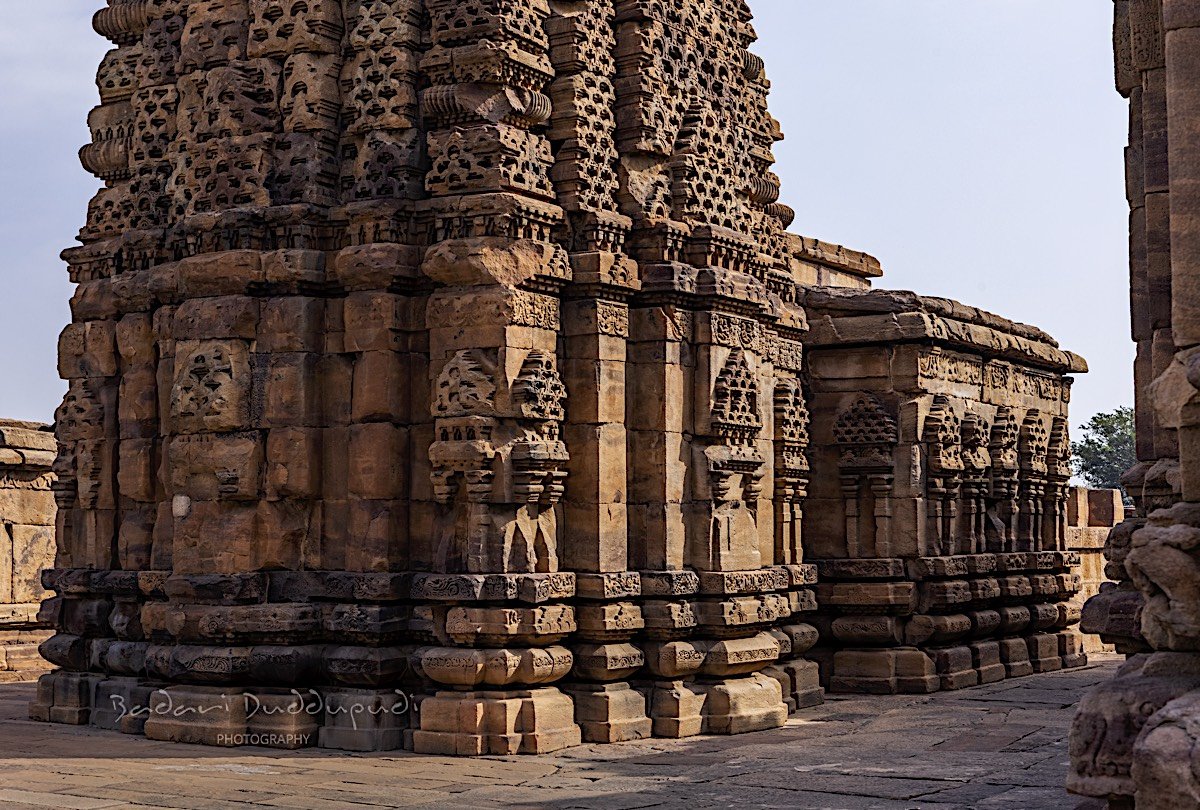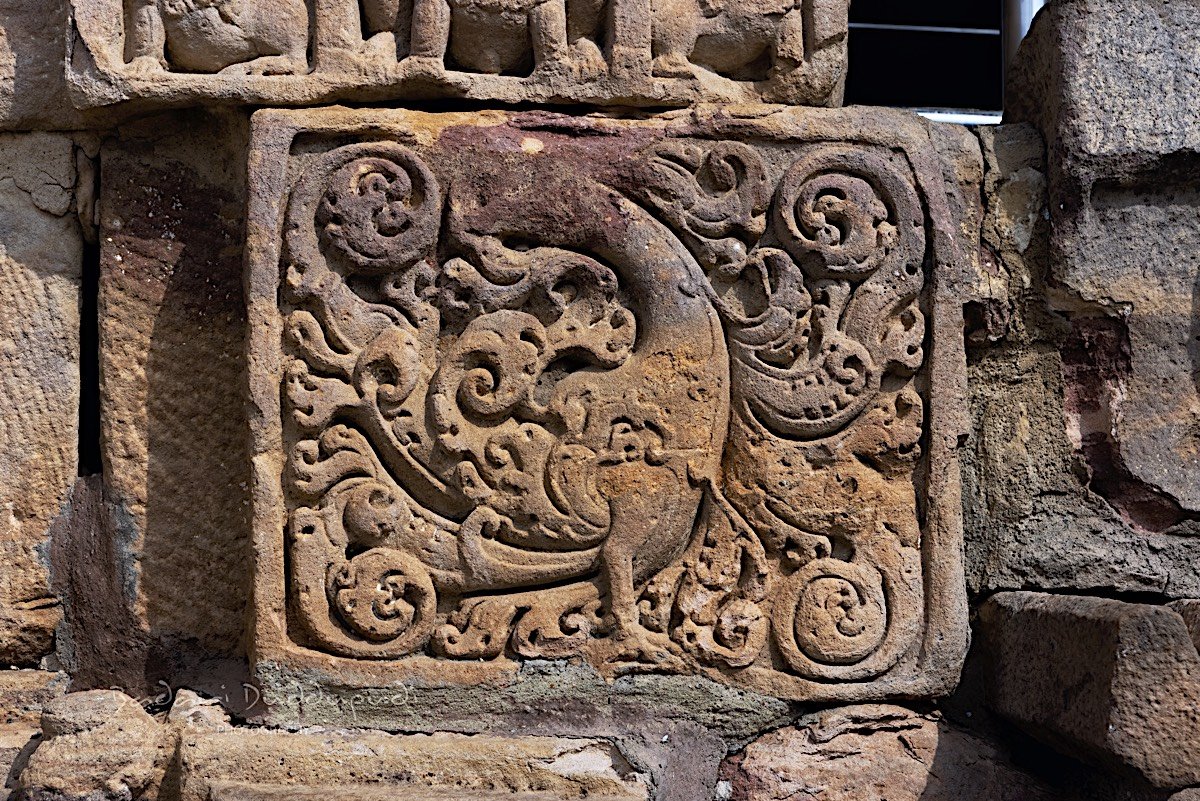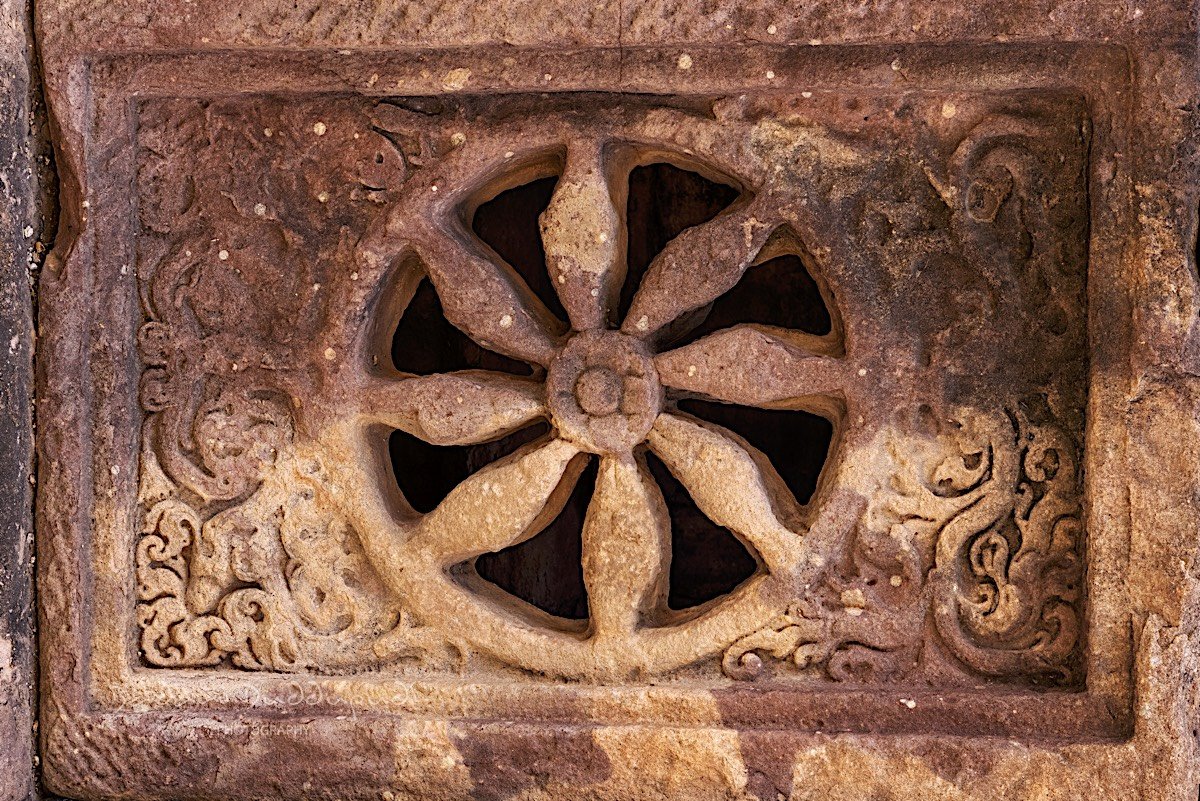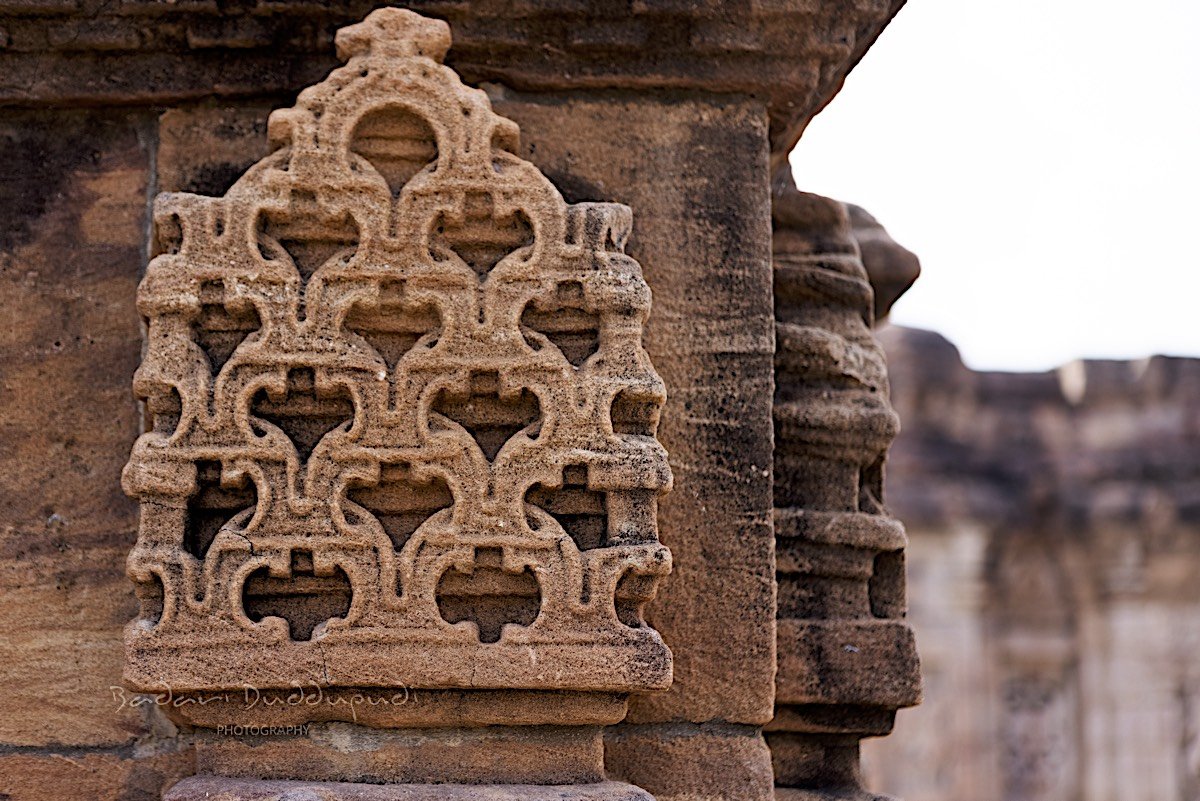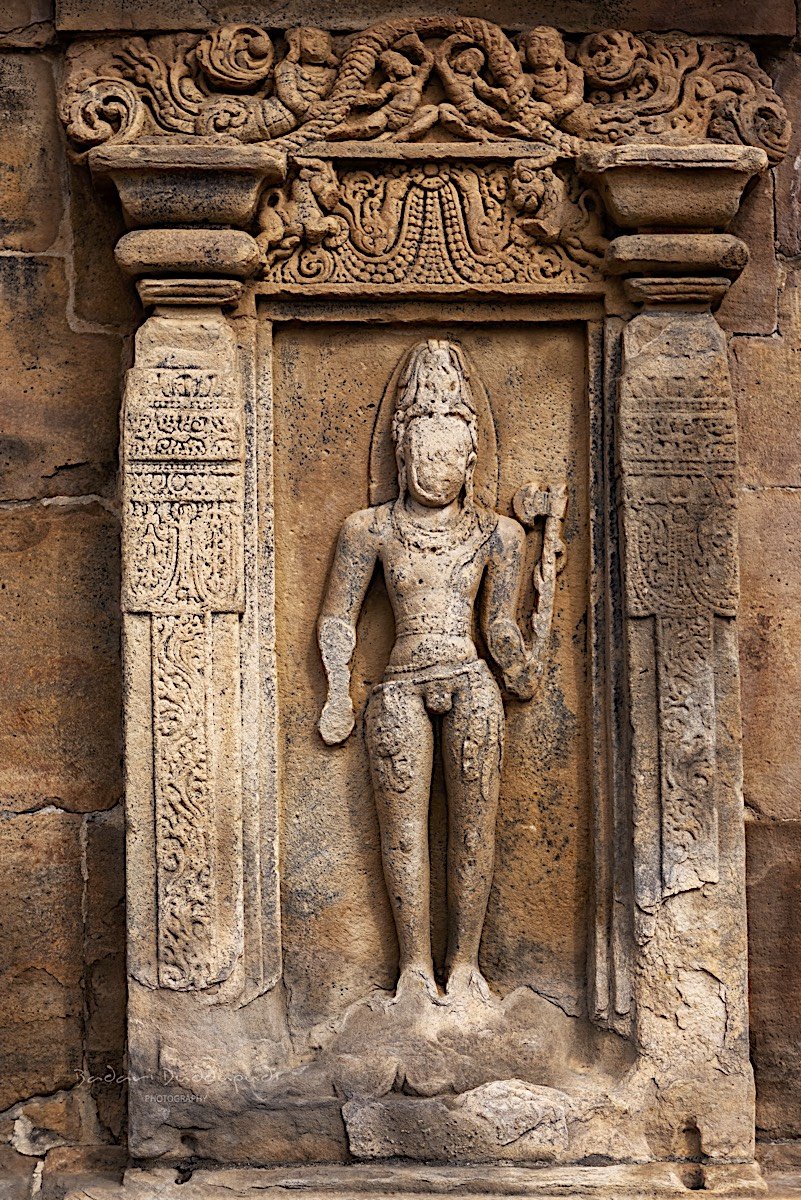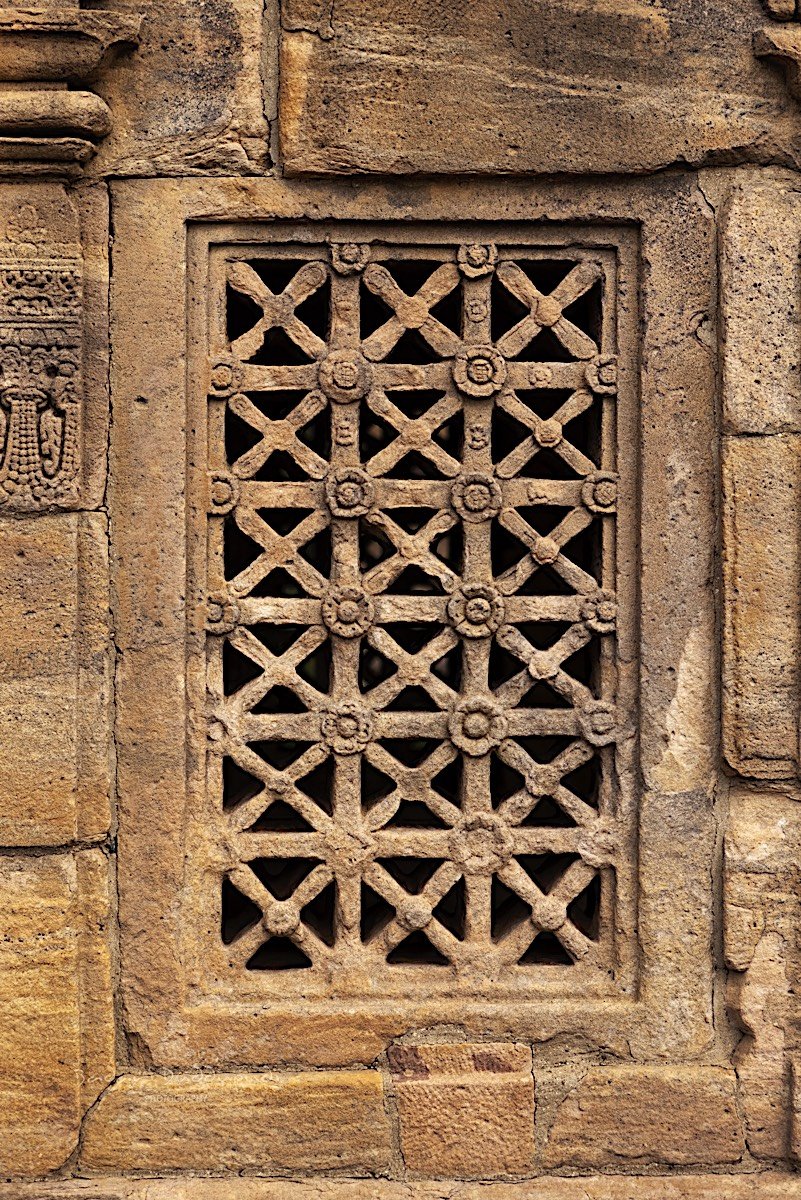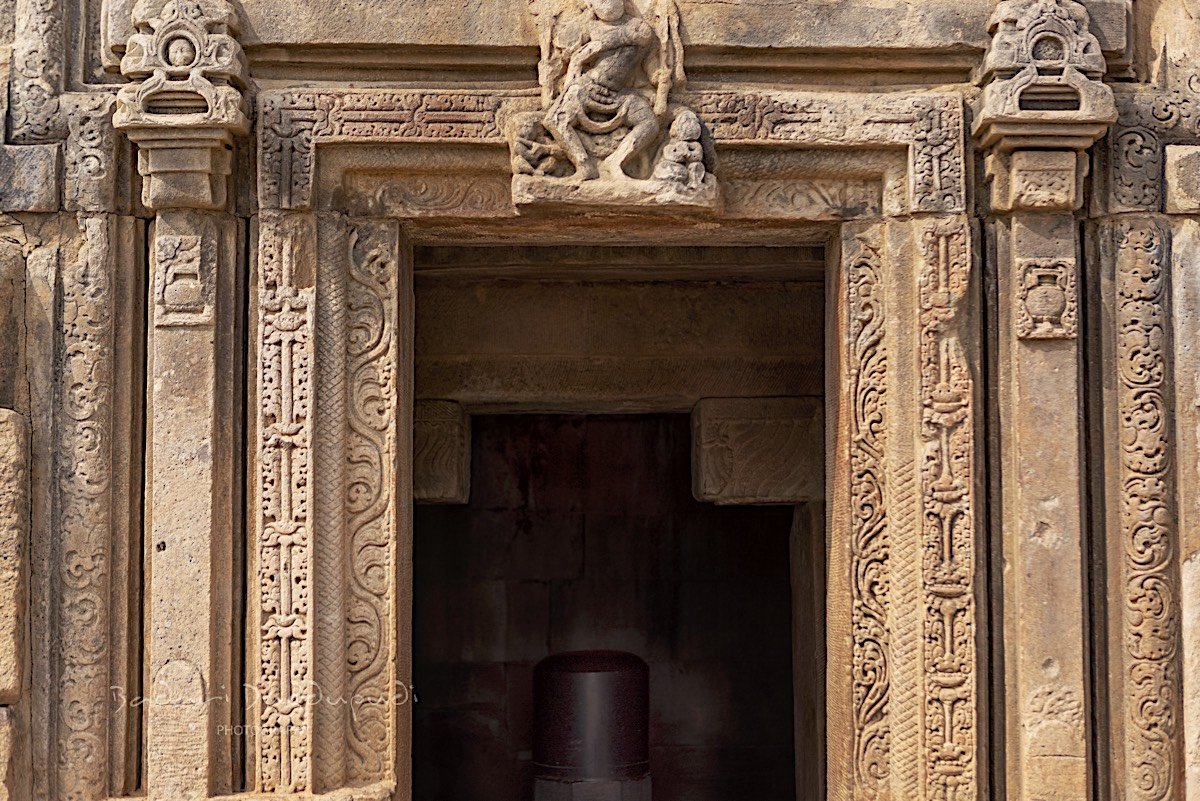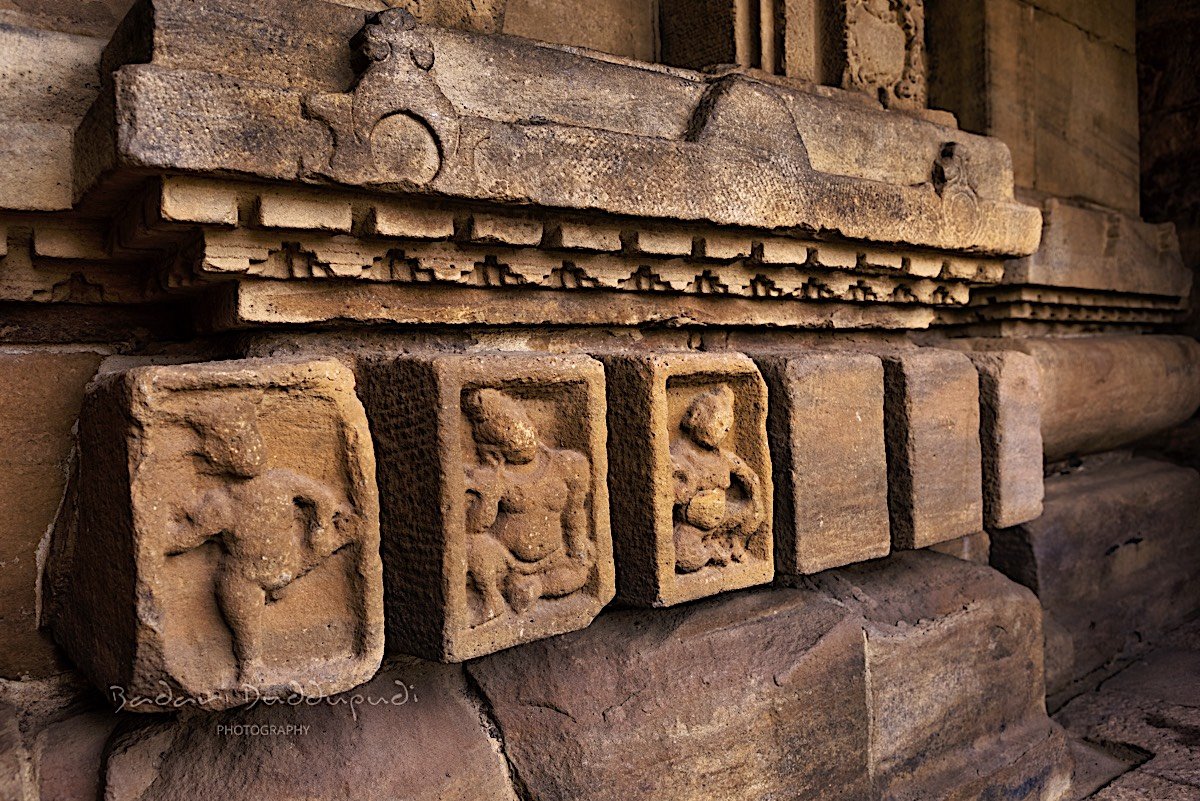Pattadakal, Karnataka
The apogee of eclectic art.
Pattadakal, also known as Paadakallu or Raktapura (Red Town), is a complex of Hindu and Jain temples in northern Karnataka dating from the 7th and 8th centuries AD. There is a Jain sanctuary as well as an amazing group of nine Hindu temples known for their finely chiselled structures. Pattadakal's temple complex contains temple architecture from Dravidian, Aryan, and a combination of both styles, making it the only one of its kind in India. The word Pattadakallu comes from the Kannada language and refers to a ceremonial centre where kings were crowned and honoured.
The Chalukyas reigned supreme over this region, which served as a royal remembrance monument. The nine temples, which are encircled by numerous lesser shrines and plinths, are the pinnacle of early Western Chalukyan architecture. Sculptors from Kanchipuram were introduced to Pattadakal by King Vikramaditya II (734–745 AD) and his art-loving queens Lokmahadevi and Trailkyamahadevi.
The tiny village of Pattadakal is a UNESCO site situated on the banks of the Malaprabha river. It is located in the Indian state of Karnataka, about 165 kilometres (103 mi) southeast of Belgaum, 265 kilometres (165 mi) northeast from Goa, 14 miles (23 km) from Badami.
Art prints and sets of selected photographs available for purchase.
Art prints and sets of selected photographs available for purchase.
© All rights reserved, reproduction and usage of images from this website without permission will be penalised.

